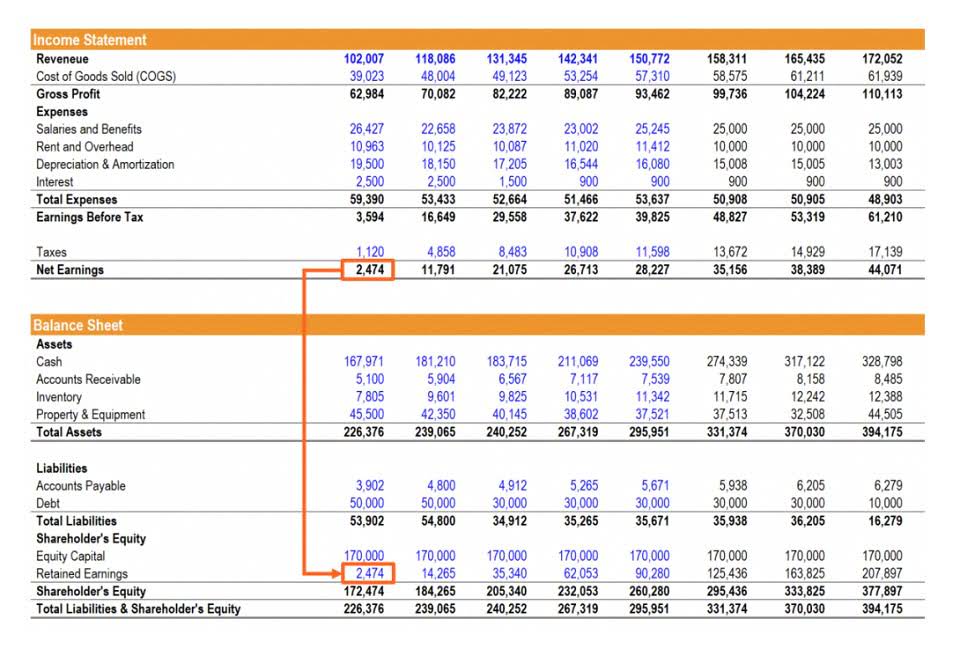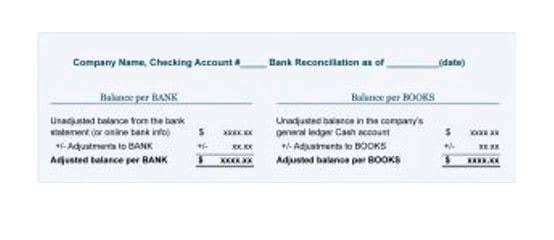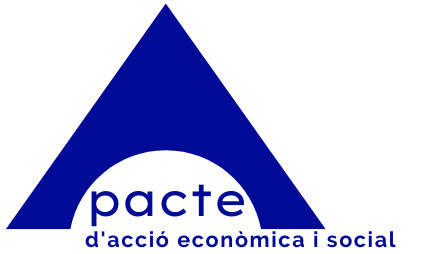
The principal part of a note receivable that is expected to be collected within one year of the balance sheet date is reported in the current asset section of the lender’s balance sheet. The remaining principal of the note receivable is reported in the noncurrent asset section entitled Investments. The disclosures also encompass information about the credit quality of notes receivable, including the credit risk profile and any changes in the risk during the reporting period. This may involve detailing past due or impaired notes, as well as the movements in the allowance for credit losses. Such transparency is crucial for users of financial statements to gauge the likelihood of collection and the potential impact on future earnings. The terms of the note receivable state that the customer must repay the principal amount of $10,000 plus interest accrued at 8% per year by the maturity date of January 1, 2024.
- While note receivables can provide several advantages to businesses, there are also some disadvantages that should be considered before deciding to utilize them.
- This formal instrument not only provides a clear agreement between the lender and borrower but also affords legal protections that can be crucial in the event of a default.
- Abby was featured on industry publications like Yahoo! Finance, MSN Money, Realtor.com, and GOBankingRates.com.
- Notes receivable are financial assets of a business which arise when other parties make a documented promise to pay a certain sum on demand or on a specific date.
- A note receivable that is expected to be collected within one year is typically listed under the current asset section, but it’s still slower to convert than cash or receivables.
- They represent an asset to the company, indicating amounts owed to them by debtors.
- If expected to be paid within one year, it’s classified as current; otherwise, it’s a non-current asset.
What Are Liquid Assets?
For the past 52 years, Harold Averkamp (CPA, MBA) hasworked as an accounting supervisor, manager, consultant, university instructor, and innovator in teaching accounting online. For the past 52 years, Harold Averkamp (CPA, MBA) has worked as an accounting supervisor, manager, consultant, university instructor, and innovator in teaching accounting online. Save time with automated accounting—ideal for individuals and small businesses. Many companies categorize liquid investments in the marketable securities account but some can be accounted for in the other short-term Investments account.
Accounting Ratios
This financial instrument is not only a claim against the assets of a debtor but also an integral part of a company's current assets. When it comes to recognition and measurement, these notes are more than mere formalities; they are a reflection of trust and creditworthiness in the financial world. Notes receivables are written promissory notes which give the holder or bearer the right to receive the amount mentioned in the agreement. Sometimes accounts receivables are converted into notes receivables to allow the debtors to pay the balance. Notes receivable are assets and represent amounts due to a business by a third party (usually a customer). However, for any receivables due in less than one year, this interest income component is usually insignificant.

What type of account is notes receivable?
The interest promised in the note is reported as interest expense by the borrower, and as interest income by the lender. On March 31 a similar entry will be made to record the interest revenue earned in March. On February 28 a similar entry will be made to record the interest revenue earned in February.
- Alternatively, the note may state that the total amount of interest due is to be paid along with the third and final principal payment of $100,000.
- Unlike standard invoices, notes receivable are formal promissory notes that outline specific terms of repayment, including interest rates and maturity dates.
- He has been a manager and an auditor with Deloitte, a big 4 accountancy firm, and holds a degree from Loughborough University.
- Notes receivable are assets and represent amounts due to a business by a third party (usually a customer).
- You can connect with a licensed CPA or EA who can file your business tax returns.

In the realm of accounting and finance, Notes Receivable stand out as a unique and potent form of current asset. This promissory note is a legally binding agreement where the maker pledges to pay a certain sum to the holder by a specified date, often with interest. This formal instrument contrasts with other current assets in several ways, offering a blend of security and profitability that is not commonly found in the more fluid assets on a company's balance sheet. In the financial landscape, notes receivable have proven to be a formidable tool for businesses seeking to enhance their cash flow and solidify their is a note receivable a current asset revenue streams. These promissory notes, essentially IOUs with a formal twist, are legally binding agreements where one party promises to pay another a specified sum of money at a predetermined date or on demand. Notes receivable represent a critical component of current assets for many businesses, offering a form of credit that can be more secure and structured than typical account receivables.
How Current Assets Work
- Interest Revenue is credited because it is now earned, regardless of whether the company receives the cash.
- One major difference between notes receivable and accounts receivable is that notes receivable are in effect a promissory note.
- Are known, the fifth "unknown" variable amount can be determined using a business calculator or an Excel net present value function.
- You should consult your own legal, tax or accounting advisors before engaging in any transaction.
- They are an essential part of a company's cash flow management and financial planning, as they represent funds that the company expects to receive and can plan around.
- For this reason, both IFRS and ASPE allow net realizable value (the net amount expected to be received in cash) to approximate the fair value for short-term notes receivables that mature within one year.
While notes receivable and notes payable are related, they are not the same thing. Notes payable, on the other hand, indicate the monetary obligation the maker has to the payee. There are many reasons why a business might have notes receivable in its accounting records. For example, if Sales Forecasting a customer is unable to pay for goods or services upfront but still wants to make the purchase, the company may agree to accept a note instead of cash.

In this case the note receivable is issued to replace an amount due from a customer currently shown as accounts receivable. A note payable is the counterpart to a note receivable, with the maker of the note being the debtor who is obligated to pay the note. The principal balance of the note receivable is the principal of the note reported on the balance sheet date. A note receivable of $300,000, due in the next 3 months, with payments of $100,000 at the end of each month, and an interest rate of 10%, is recorded for Company A.
But, briefly, if a bank is loaning cash (the bank’s Note Receivable) to a customer (the customer’s Note Payable), the credit would be to Cash for the bank. If a company is selling to its customer and issuing a Note Receivable rather than an Accounts Receivable, a Revenue account would be credited to record the revenue. To record the collection of note receivable at maturity & interest income for the time frame, i.e., (100,000 x 6%) x (183/365). Among these, one customer with a $5,000 wants to convert the balance to a note receivable. A note receivable will mention the two parties involved, the payee and the payer. Accounting Periods and Methods After 60 days of non-payment, notes payable are issued to MPC by RSP Co. for USD60,000 at an interest rate of 10% per annum and with a payment of USD20,000 due at the end of each of the next 90 days.






